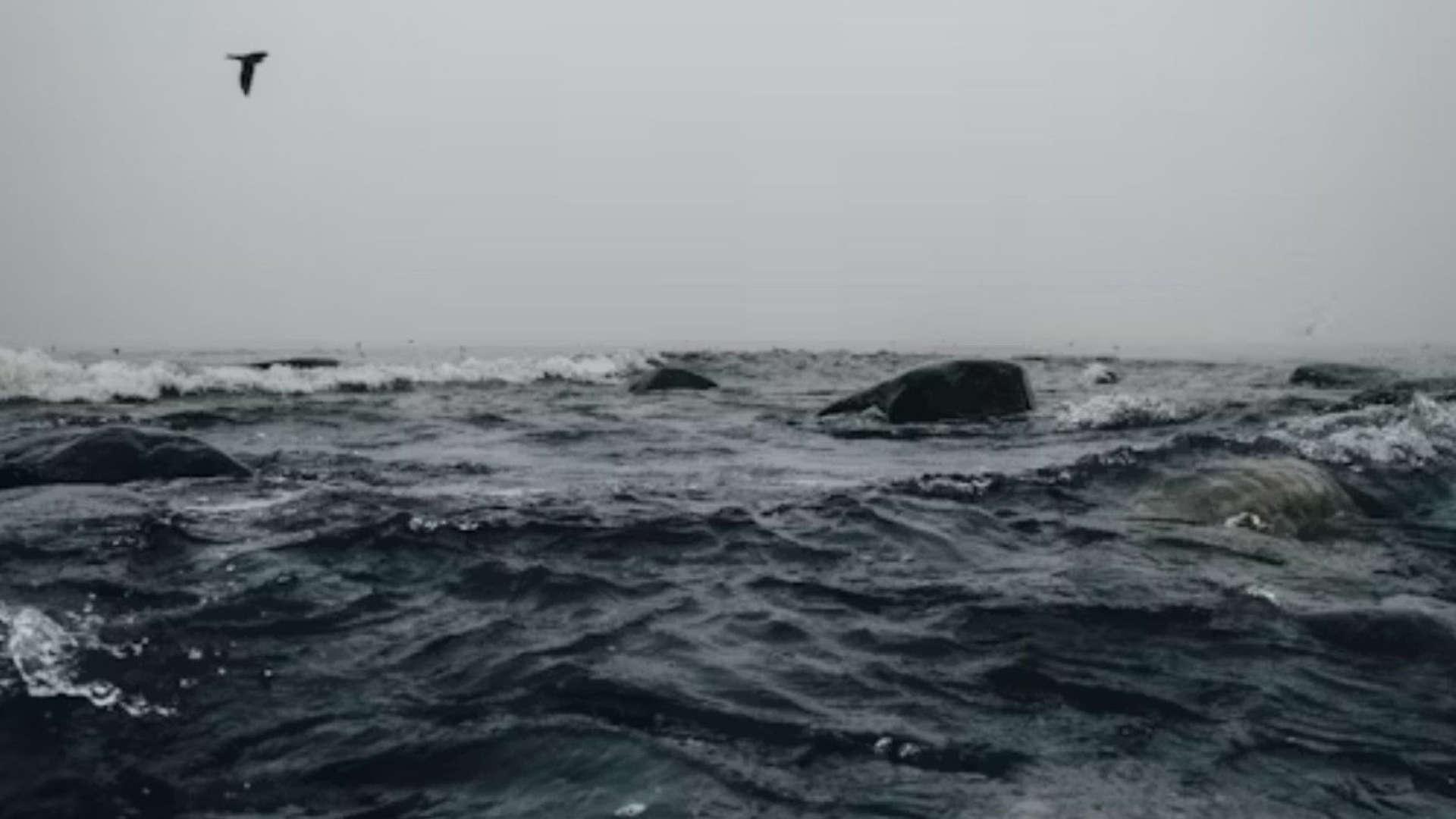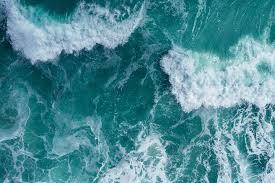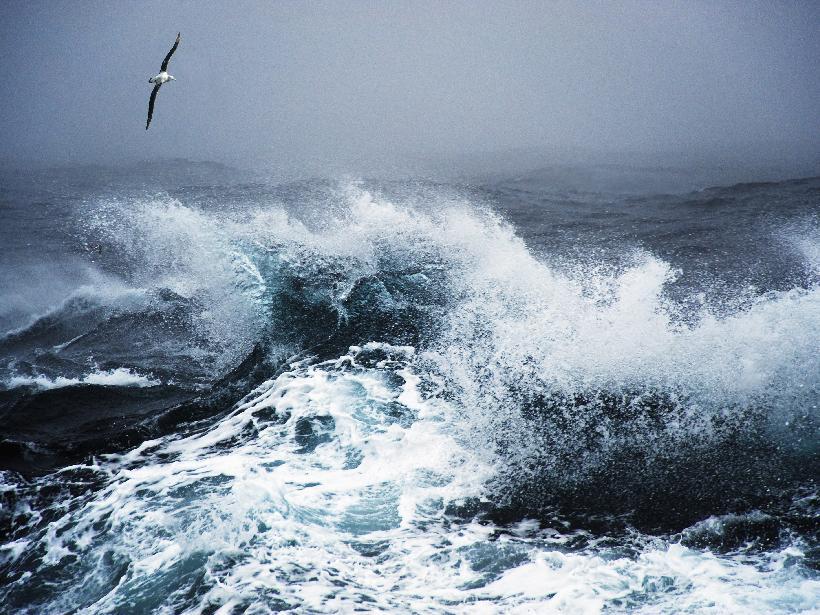The USS Stein, a Knox-class frigate, suffered an unusual attack in 1978. The incident occurred during the ship’s maiden voyage in the Pacific Ocean.
Damage to the vessel’s sonar dome forced it to return to base for repairs. This event has puzzled marine biologists and naval experts for over four decades.
Knox-class Frigate: Powerful Anti-submarine Vessel

The USS Stein was a formidable warship, part of the Knox-class frigates. Launched in 1970, it represented the pinnacle of the Navy’s second-generation anti-submarine warfare technology.
Knox-class frigates typically displaced 4,200 tons and measured 438 feet in length. These vessels played a crucial role in the U.S. Navy’s Cold War operations.
Sonar Dome Damage: Unexplained Marks

Upon inspection, engineers discovered extensive damage to the ship’s 27,215-kilogram sonar dome. The anti-fouling rubber coating was severely scratched and torn.
Petty Officer Ira Carpenter reported scratches up to four feet long. The U.S. Naval Institute’s Magazine estimated that about 8% of the USS Stein’s surface was affected.
Initial Theories: Alligator Attack Hypothesis

Early speculation suggested a group of alligators might have caused the damage. This theory arose due to the presence of what appeared to be teeth marks alongside the scratches.
However, alligators are not typically found in deep Pacific waters. The hypothesis was quickly dismissed by experts as implausible.
Navy Biologist’s Assessment: Giant Squid

Navy biologist F.G. Wood examined the damage and proposed a giant squid as the culprit. He based this theory on the structure of the marks, which resembled suction cups rather than teeth.
Wood’s hypothesis sparked intense debate among marine biologists. It highlighted the potential existence of undiscovered deep-sea creatures.Wood’s hypothesis sparked intense debate among marine biologists. It highlighted the potential existence of undiscovered deep-sea creatures.
Estimated Size: 150-Foot Sea Monster

Based on the damage, Wood estimated the squid would need to be approximately 150 feet long. This size is three times the height of the Hollywood sign.
The largest known giant squid ever recorded was 43 feet long. Wood’s size estimate challenged existing knowledge about marine life.
Colossal Squid: Potential Culprit Identified

The colossal squid emerged as a more plausible suspect than the giant squid. Colossal squids possess hook-like structures on their tentacles.
The largest confirmed specimen was 33 feet long, caught in the Antarctic in 2007. However, even this species falls short of the estimated size needed to cause the Stein damage.
Squid Behavior: Known Ship Interactions

Colossal squids have been known to interact with ships, especially near the end of their lives. They sometimes attach themselves to vessels near the surface.
Sperm whales are their primary predators, suggesting the squid might have mistaken the USS Stein for a whale.
Mythical Creatures: Kraken and Cthulhu

The incident’s mysterious nature led to comparisons with mythical sea monsters. The Kraken, a giant squid-like creature from Nordic folklore, dates back to the 13th century.
H.P. Lovecraft’s Cthulhu, created in 1928, also entered discussions. These myths reflect humanity’s enduring fascination with unknown sea creatures.
Ocean Exploration: Vast Unknowns Remain

As of 2024, only about 5% of the Earth’s oceans have been explored. The average ocean depth is about 12,100 feet, with the deepest point reaching 36,200 feet in the Mariana Trench.
These statistics underscore how much remains unknown about deep-sea ecosystems.

